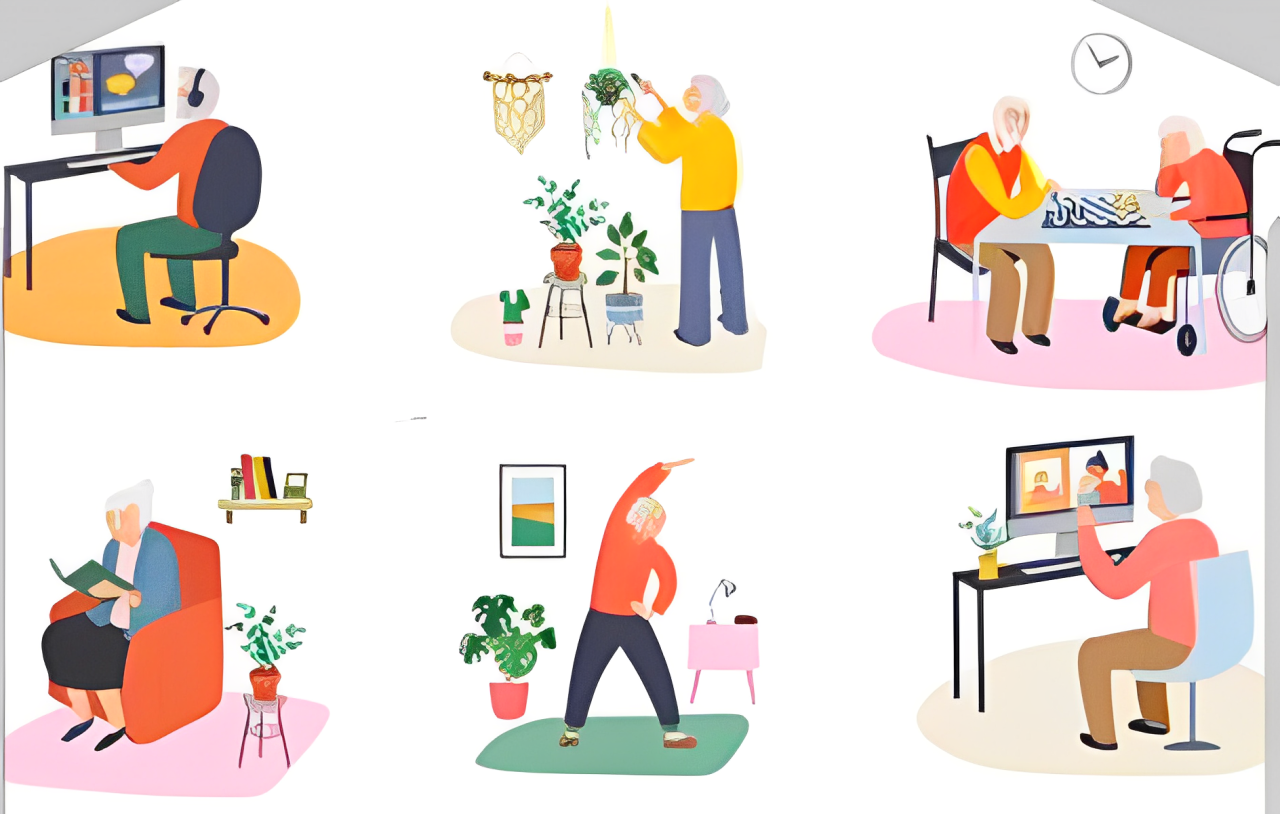Elderly Decline is part of life,
but Geriatric Risks can be assessed by profiling end-user behavior.
This provides Care Operators better business controls,
and End Users with insight to increase their quality of life, needing less care.
Every day.
We track movements of residents living in a care facility or at home. Based on these observations, our AI algorithms assess behavioral patterns, the so-called Activities of Daily Living (ADL). By knowing what people do in their natural living environment, we can better predict what their care need will be.
For the Care Provider, this helps to overcome their key business challenges:
- Shortage of staff and budget. By knowing the care need in advance, workload can be organized so that the right care lands at the right person at the right time, reducing waste of unneeded interventions. Data-driven synoptic dashboards support team communication, e.g. during shift handover.
- Staff Retention. Well-organized Enterprise Resource Planning means less administrative overhead and hence more quality time for interaction between Professional and Client. Better job satisfaction keeps staff on board.
- Service Quality. Knowing what the needs of the client are, not only reduces unneeded interventions (false positives), but also captures signals that otherwise would be missed (false negatives).
Vitality Services: in geriatrics, decline is a given. The sooner the nature of the decline is known, the better it can be countered by tailored preventive care. This benefits self-reliance of the end-user, providing him better quality of life, while at the same time off-loading the organization.
Safety Services: Our AI analytics operate in real-time. In case of emergencies like fall or cardiac arrest, help is there in minutes. This provides safety for the end-user and comfort for their family.
For the end user, this brings better quality of life: more self-reliance and less dependency on elderly care.

